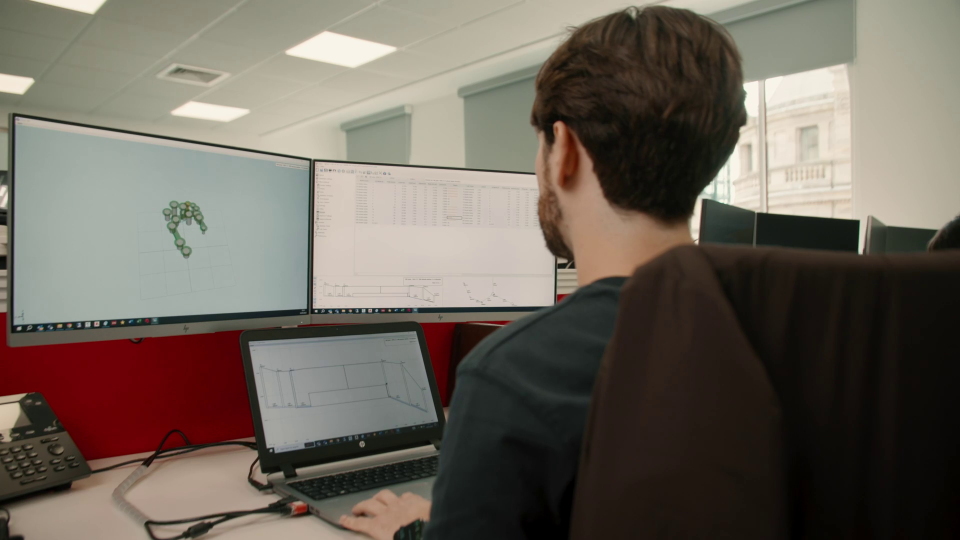Innovative digital technology should support the engineering mindset and enable the production of optimal designs on budget and within tight timescales. Here are 7 ways engineers can exploit the latest design automation technology and take advantage of Causeway’s integrated drainage design solution:
1. Pre-planning feasibility studies
Double handling is often the biggest pain felt by a design engineer and is particularly common during the feasibility stage of a project. With Causeway a drainage network can be sketched out and hydraulically assessed during the pre-planning phase. When moving ahead with the project the same sketch can be seamlessly transitioned into detailed design.
2. Complex designs made simple
If you need to design large, complex storm networks Causeway’s drainage design solution, Flow, can enable drainage schemes to be designed and modelled with Multiple outfalls, Bifurcation, Parallel pipes and multiple controls on a single manhole.Then with the click of a button these complex multiple networks can be automatically generated in CAD for delivery.
3. Accurate Flow Through Structures
It’s never been so important to provide accurate detailed design to clients for approval. If your CAD design incorporates a pond with a unique shape and multiple inlets, CausewayFlow, will determine the attributes for true representation.Flow gives the engineer the ability to give the true shape, inlet location and pond parameters of the pond, to truly represent the intended design and increase the speed of approval.
4. Integrate your design workflow
Working between disparate drainage design and CAD software (AutoCAD, Civil 3D, etc) on multi-disciplinary projects can be time-consuming and any design changes need to be made from scratch. By using the Causeway SmartTools module with Causeway Flow, drainage networks can be easily laid out in CAD, including bifurcating systems or parallel networks then imported into Flow for hydraulic design with ease. Any design changes are automatically cascaded which can often save hours of time.
5. Enhanced design visualisation
To design most effectively an engineer needs to be able to visualise the bigger picture. Causeway Flow provides the ability to view a drainage scheme being updated live as a long section or in 3D which allows the engineer to intuitively visualise the network as it is being designed. This makes it easier for engineers to identify and resolve mistakes whilst increasing the speed in with the design can be finalised.
6. Freedom to work on designs anywhere
Traditionally dongle locked software licenses have meant that engineering teams must work together in an office to share licenses or be prepared to travel with or post dongles. As the workforce starts to shift to remote working cloud-based drainage design software is essential. Causeway’s design software, gives engineers the flexibility to work from anywhere, whether at home at a different office or whilst travelling. What’s more there are no restrictions on any geographical locations.
7. One Click BIM
When a client requires BIM compliance Causeway’s design software allows engineers to deliver BIM outputs without impacting productivity. With the click of a button fully detailed 3D models can be generated including costed value engineering output, complete with attribute tagging and cost/ quantity data, ready for viewing in a confederated modelling package.
Design productivity is key to delivering projects on time and maintaining good relationships with clients. Choosing the right tech is crucial to creating a streamlined workflow. Design automation and integration of technology fundamentally removes time intensive double handing. Aggregated time savings can make a big difference across the whole design process when these are addressed.
If you would like to explore Causeway’s design solutions further check out our on-demand drainage design demonstration. click here.



